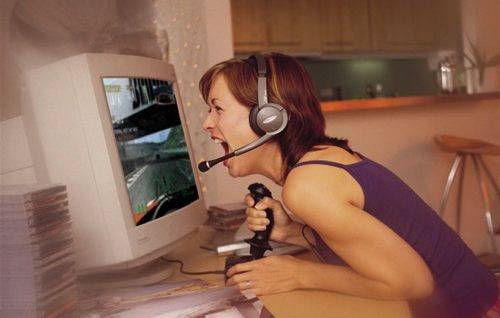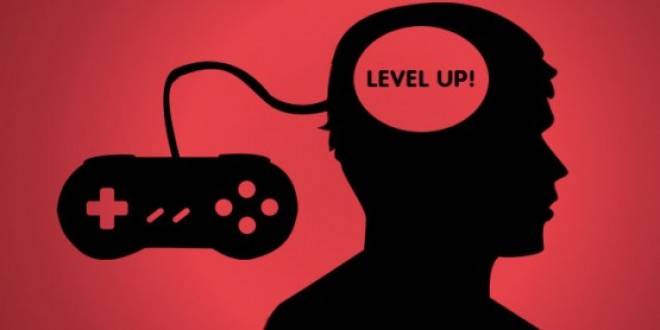By: Sadaf Yousaf
Video gaminghas become a popular activity for people of all agesproviding a unique form of entertainment because it encourages players to become an active part of the game's script. Even though video games have been available for more than 30 years, but its obsession among children is on hype these years. Many children and adolescents love video gaming, hence habituated.
Every technologyhas bothconstructiveand deleterious traits depending on how it is consumed. The most widely acknowledged positive aspectis that video games may help children improve their manual dexterity and computer literacy. But its negative aspects are more prevalent among children.
Many scientific studies show that video games with violent content are linked to more aggressive behavior in teens because children engage on deeper level both physically and emotionally than watching a movie or TV. This has become a bigger concern currently because most of the popular video games sold in markets contain sheer violence.
Part of the increase in aggressive behavior is linked to the amount of time children are allowed to play video games.A recent content analysis shows that a majority of video games include violence and about half of the violent incidents would result in serious injuries or death in the "real" world.
According the American Psychological Association:
“Video games tend to inappropriately resolve anxiety by externalizing it. So when kids have anxiety, instead of soothing themselves, they can attack something, they can kick a wall, they can be mean to a dog or a pet or any other illegal action.”
Violent video games don't teach kids moral consequences, e.g. If you shoot somebody in one of the games like Grand Theft Auto, criminal case,Tekken Tag, Street Fighter, Hit-man etc. you don't go to jail, you don't get penalized in some way rather you get extra points!" in consequence,the sub conscious mind of a child does not distinguish between reality and fiction thus visualizing the same in the real world.
Children who repeatedly play violent video games are learning thought patterns that will stick with them and influence behaviors as they grow older in the following ways:
- The use and abuse of drugs and alcohol
- Criminal behavior, disrespect for authority and the law
- Sexual exploitation and violence toward women
- Measuring success by killing people.
- Racial, sexual, and gender stereotypes
- Foul language, obscenities, and obscene gestures
- Aggressive thoughts and behaviors
- Health and fitness issues.
An analysis by National Institute on Media and the Family states that:
“Teenage brains are in the midst of growth spouts. Just when teens are wiring the circuits for self-control, responsibility and relationships that they will carry with them into adulthood, violent games activate their anger center while dampening the brain's "conscience." And these violence simulators glorify gang culture; celebrate brutality and crudeness among the children.”
Parental involvement in children's media usage can limit the destruction caused by the violent video games. Every video and computer game should be rated for age appropriateness on the front of the packaging. . Be sure to read both of these labels in order to determine whether the game is age appropriate for your child and whether it contains material that you do not wish your child to be exposed to.
So kids analyze – are you safe?








